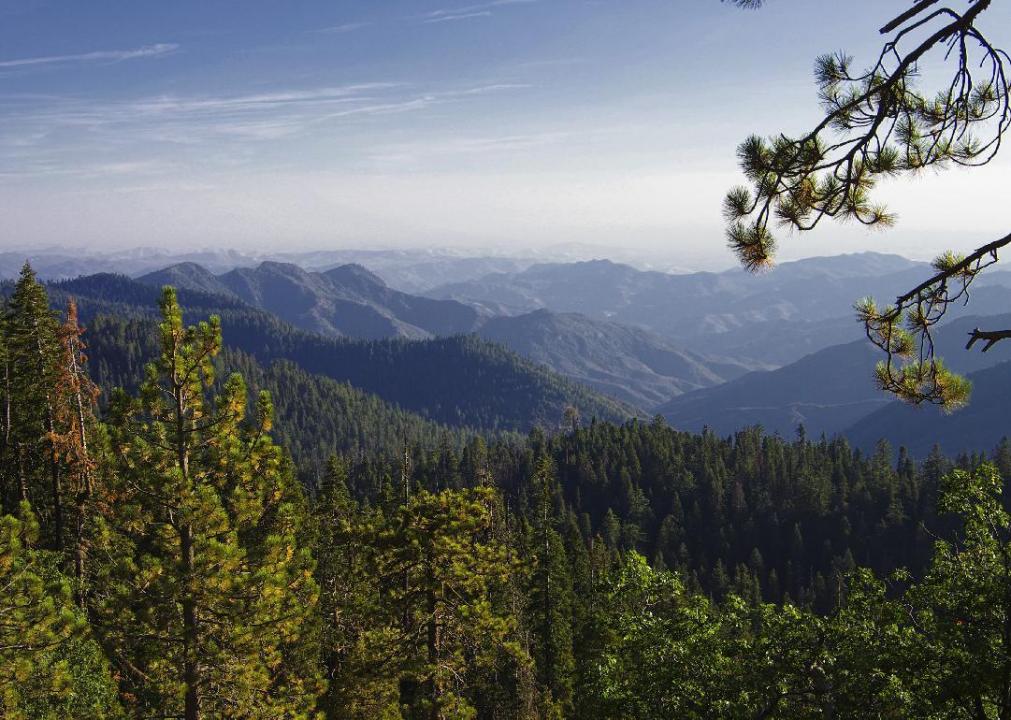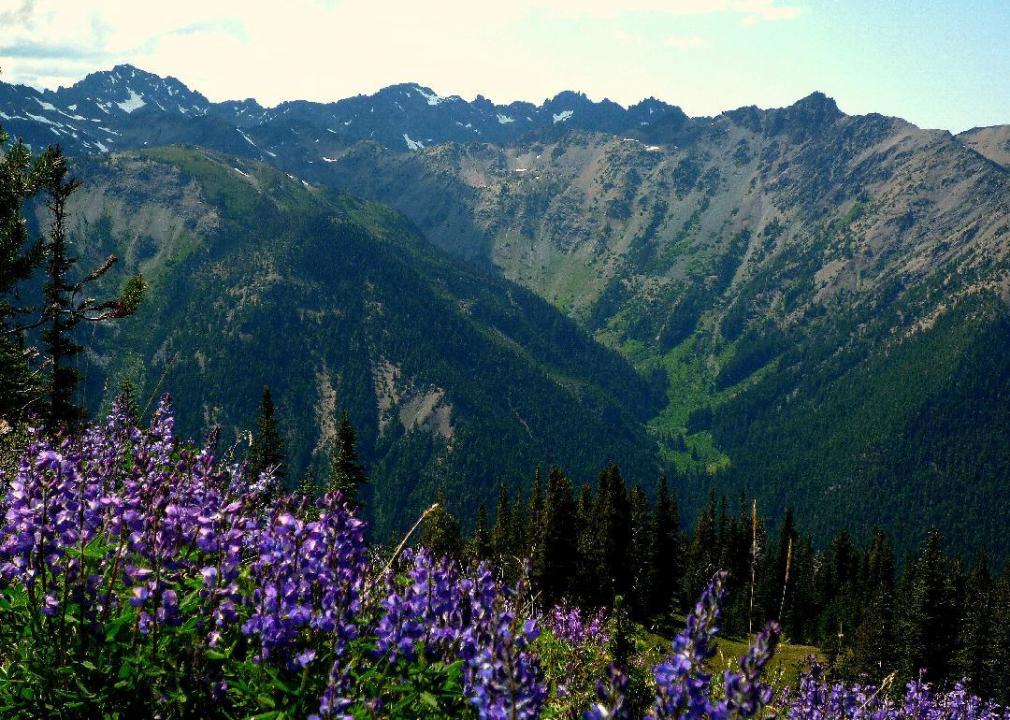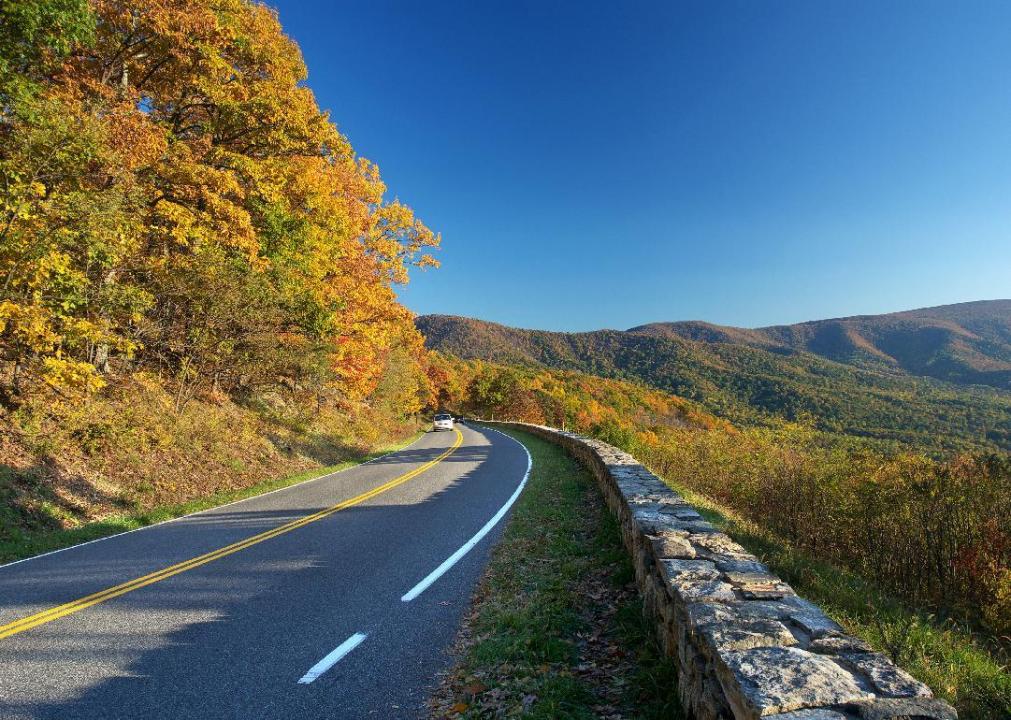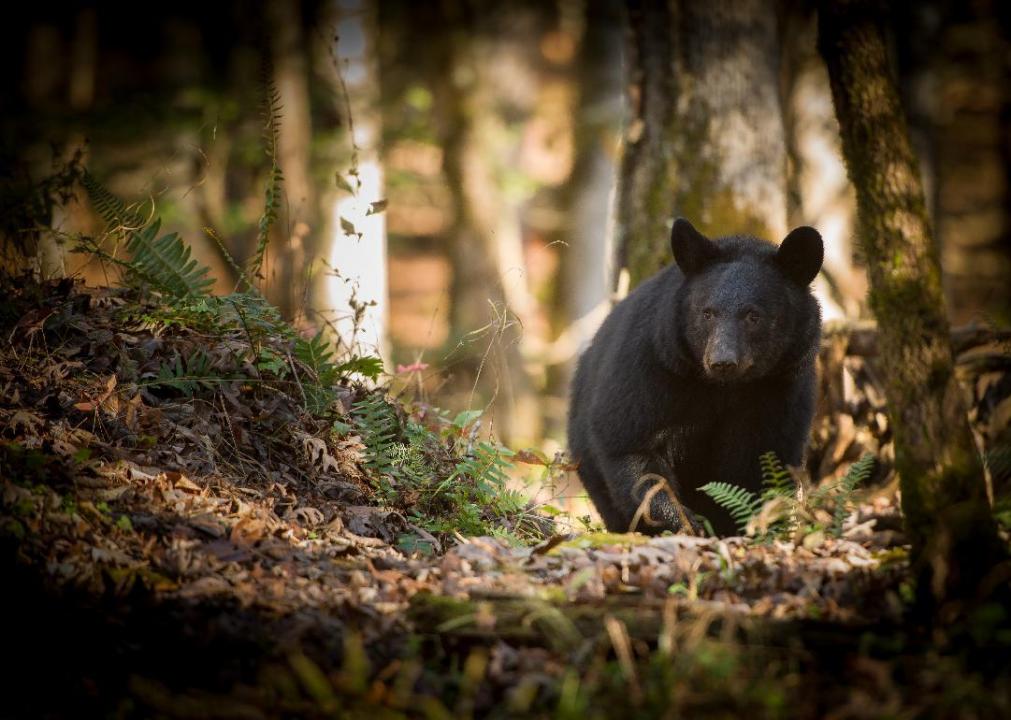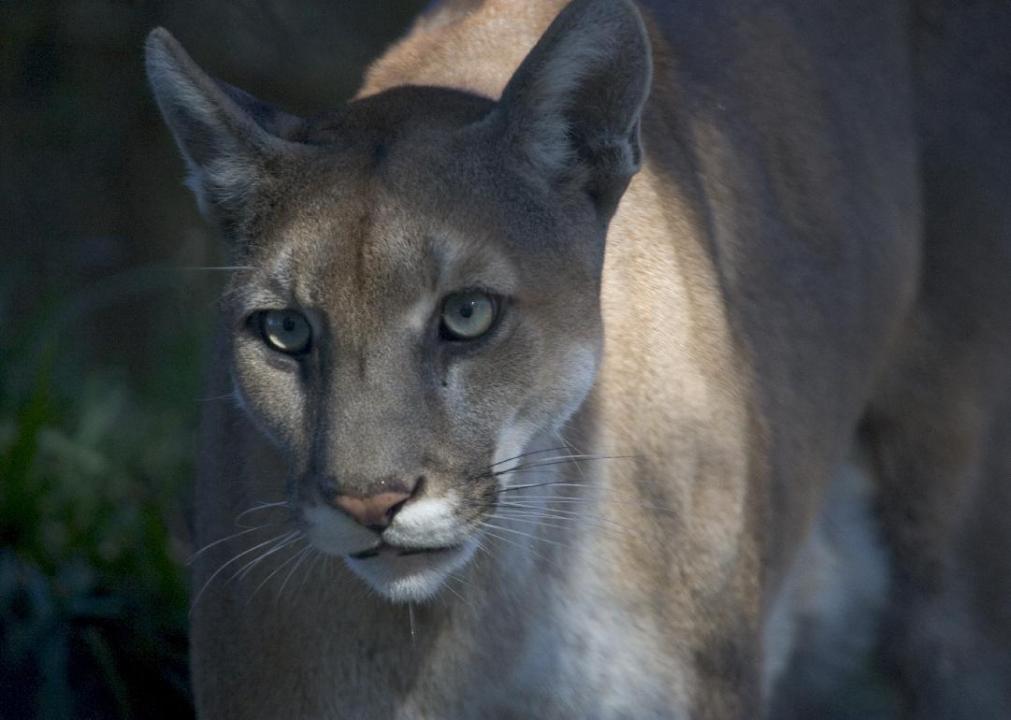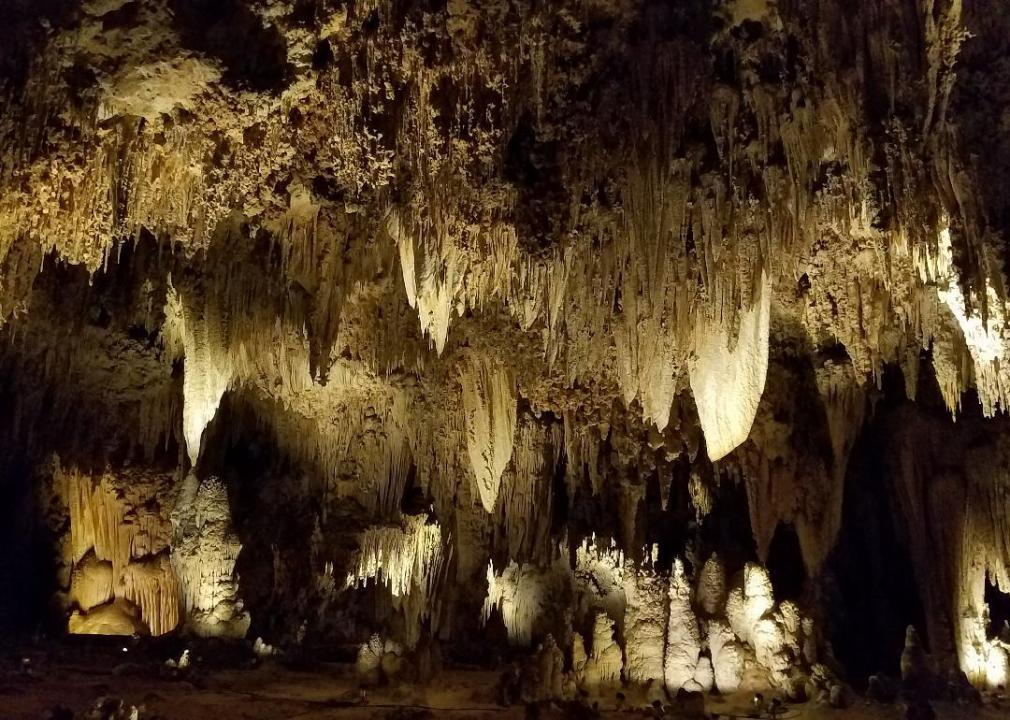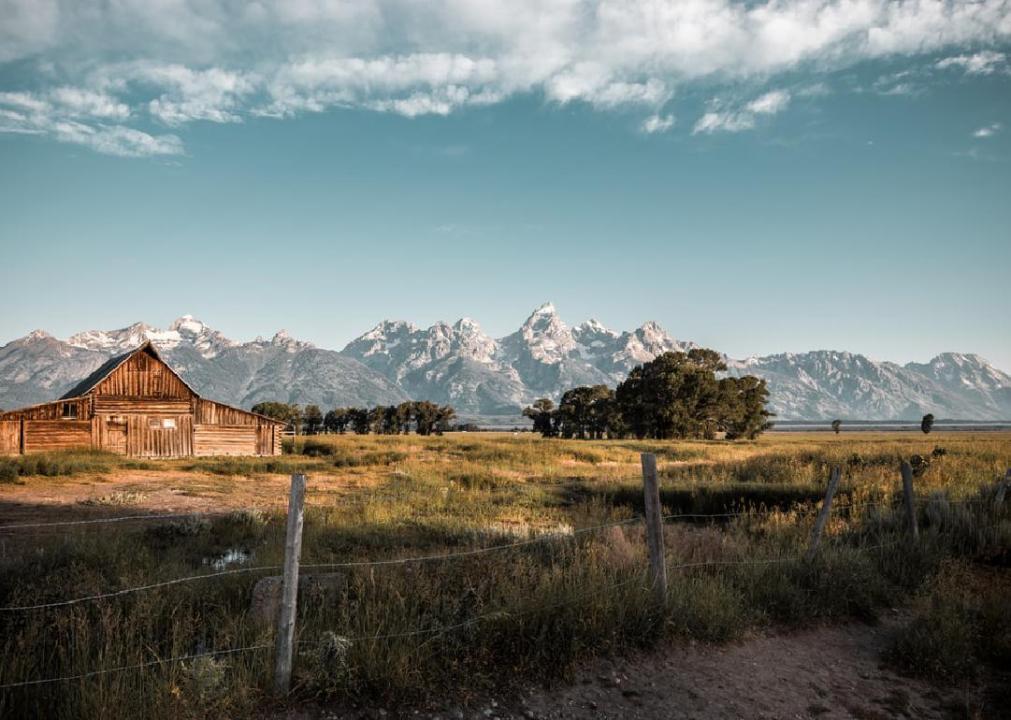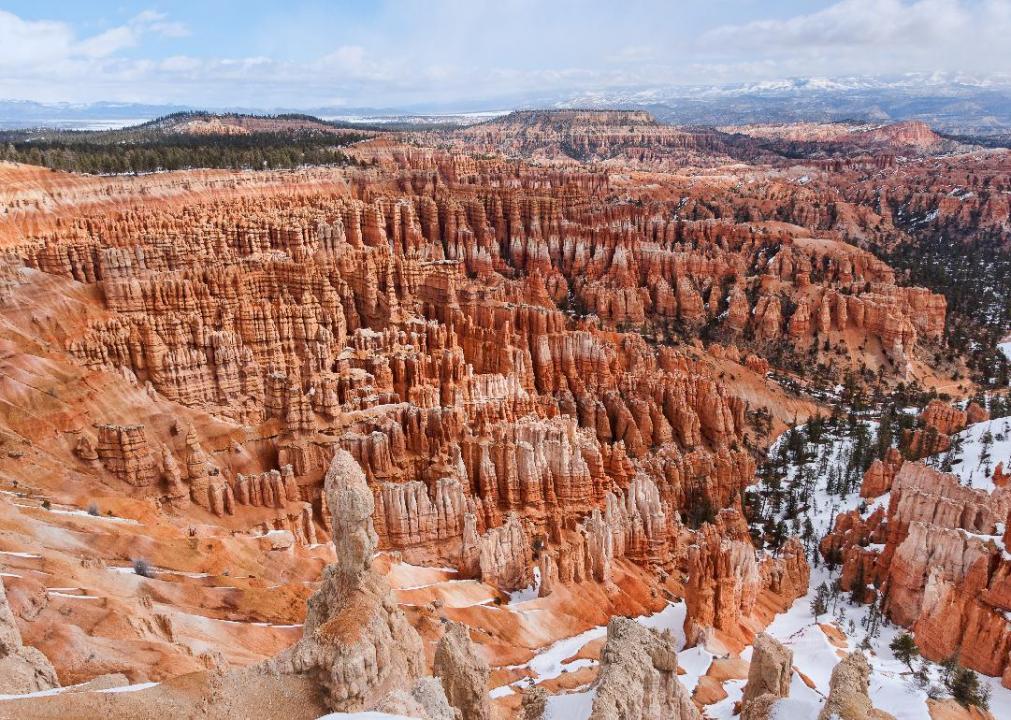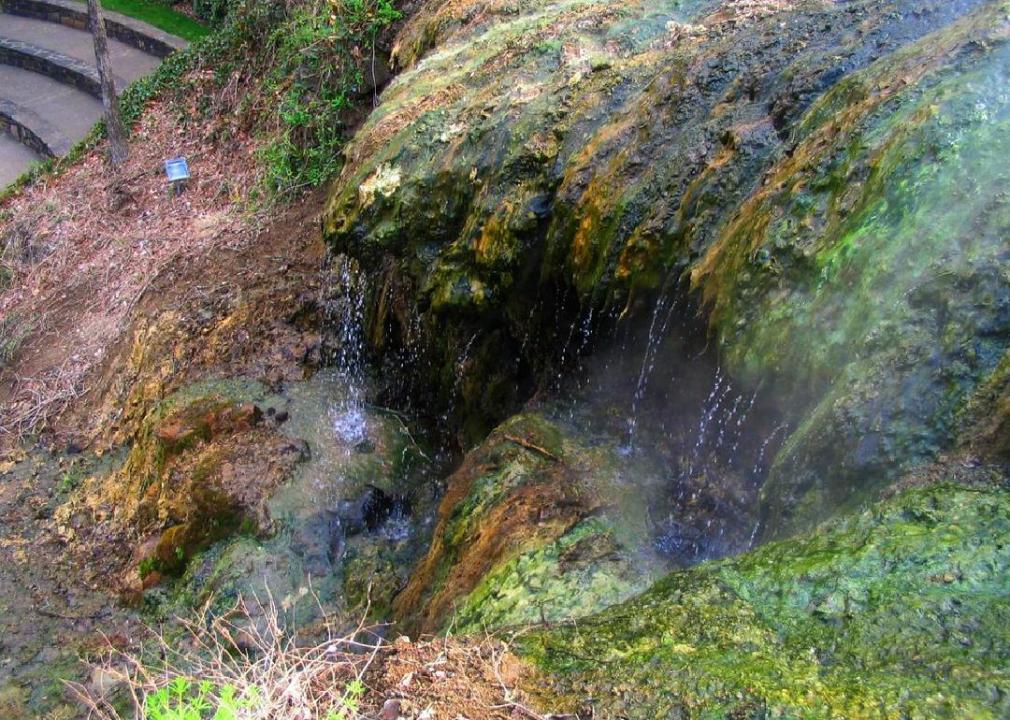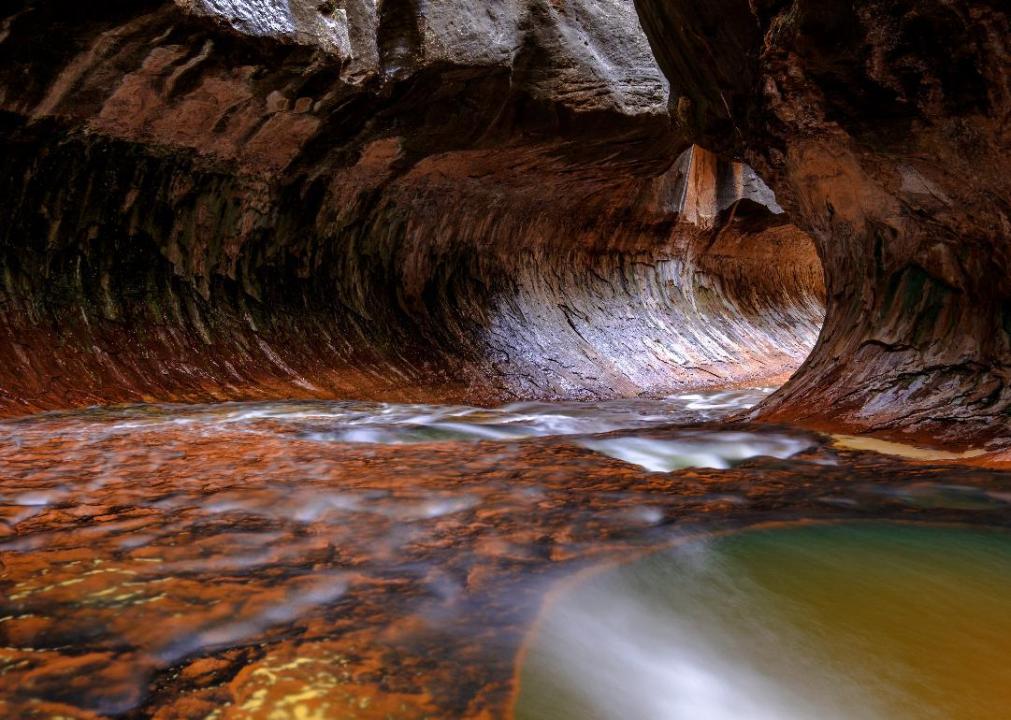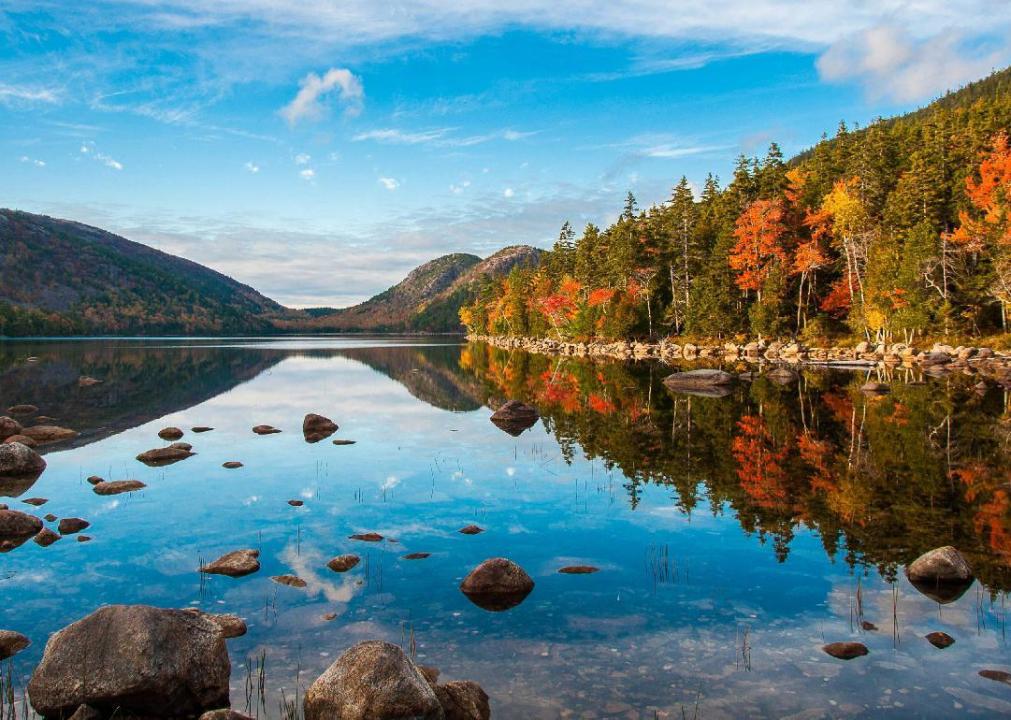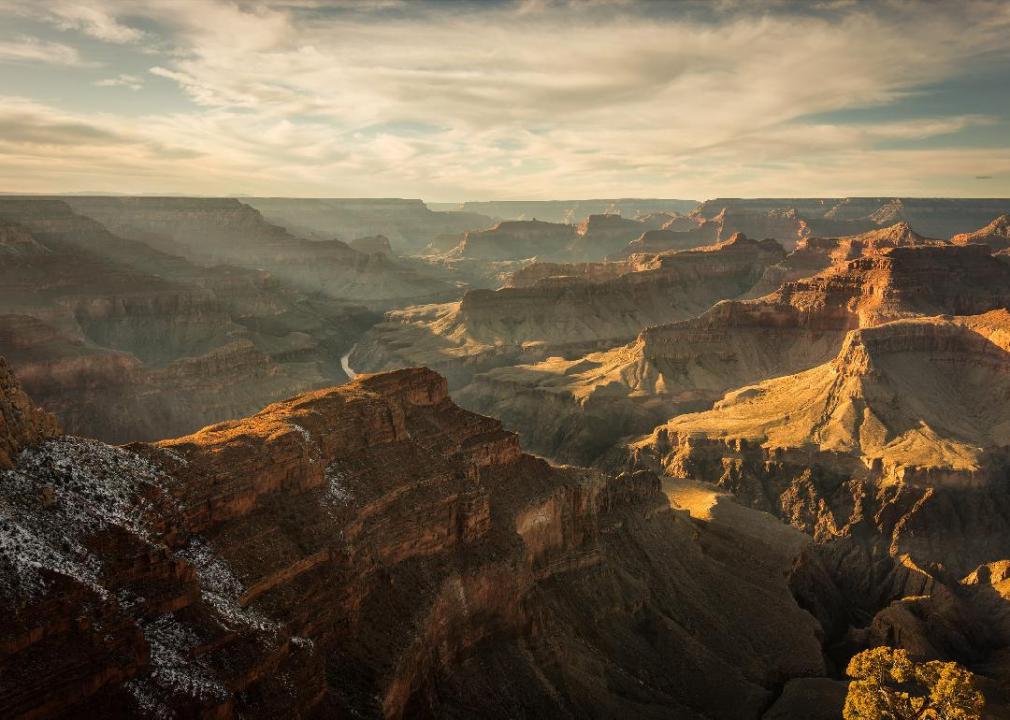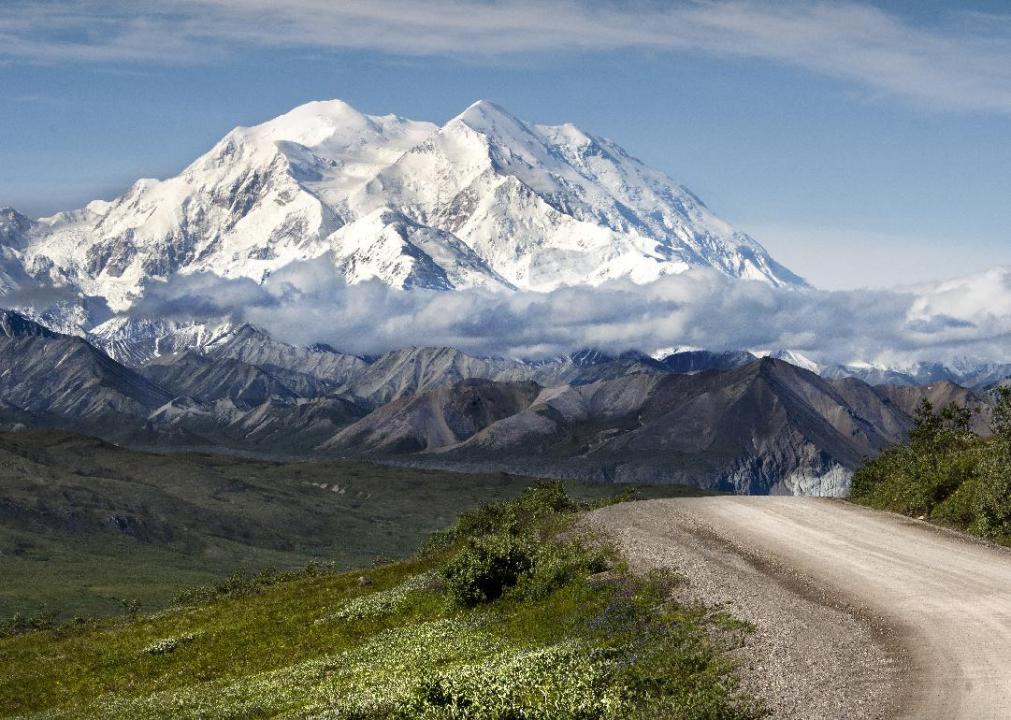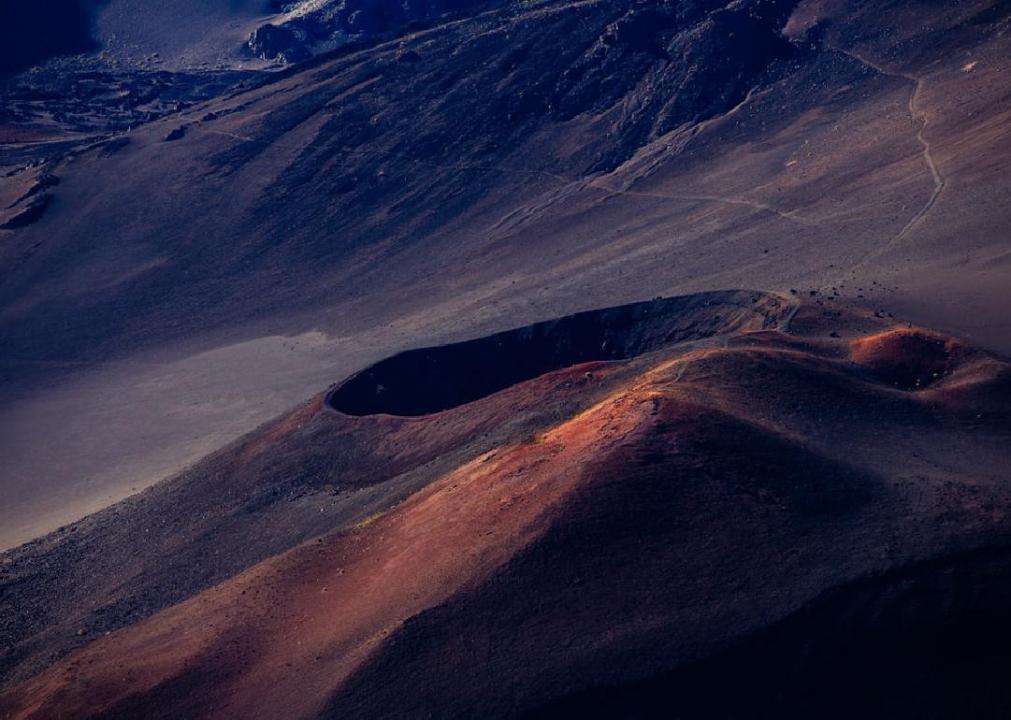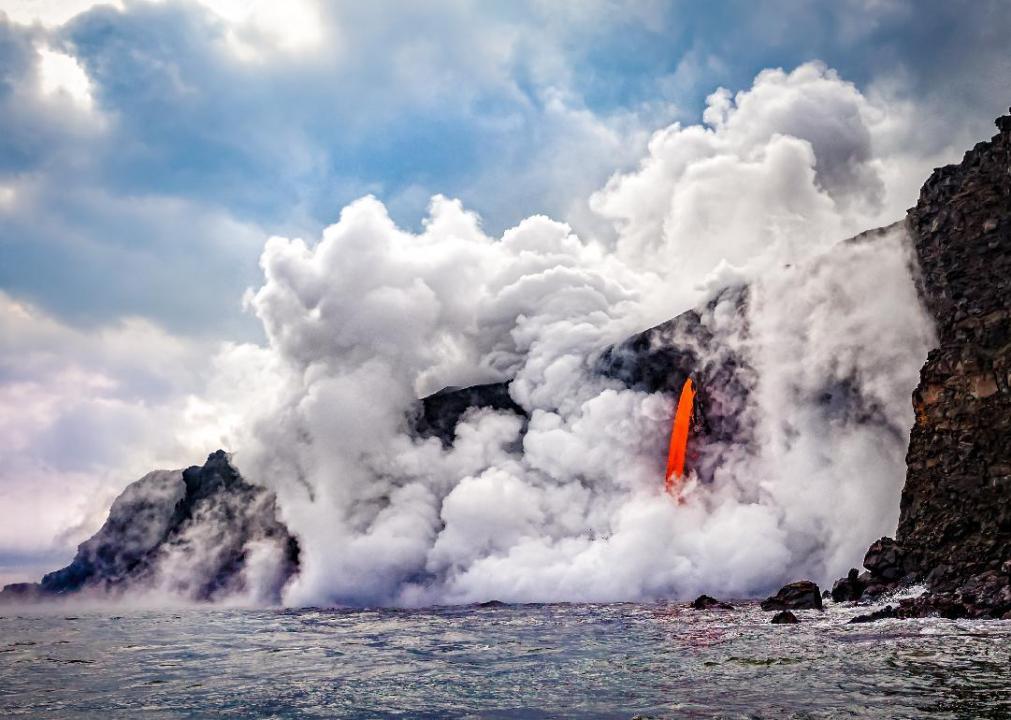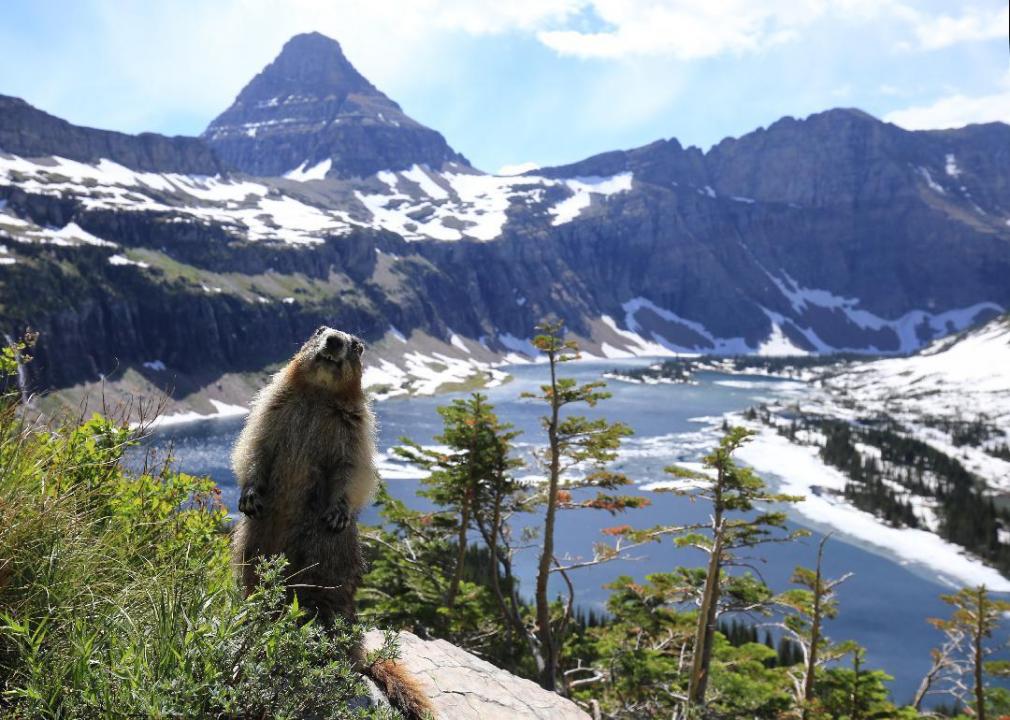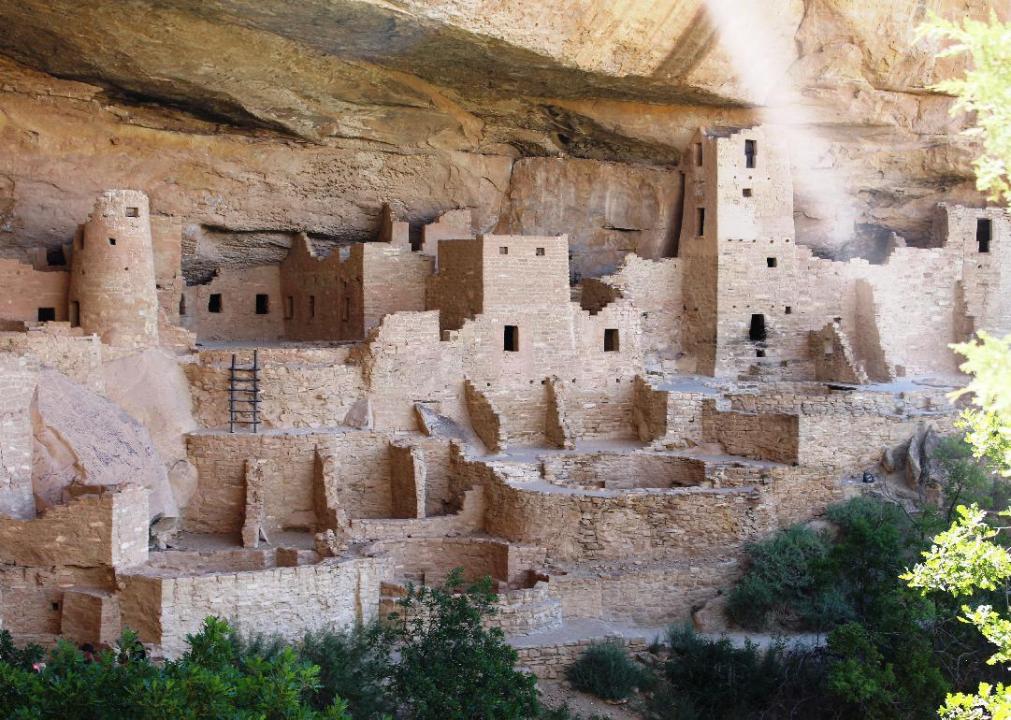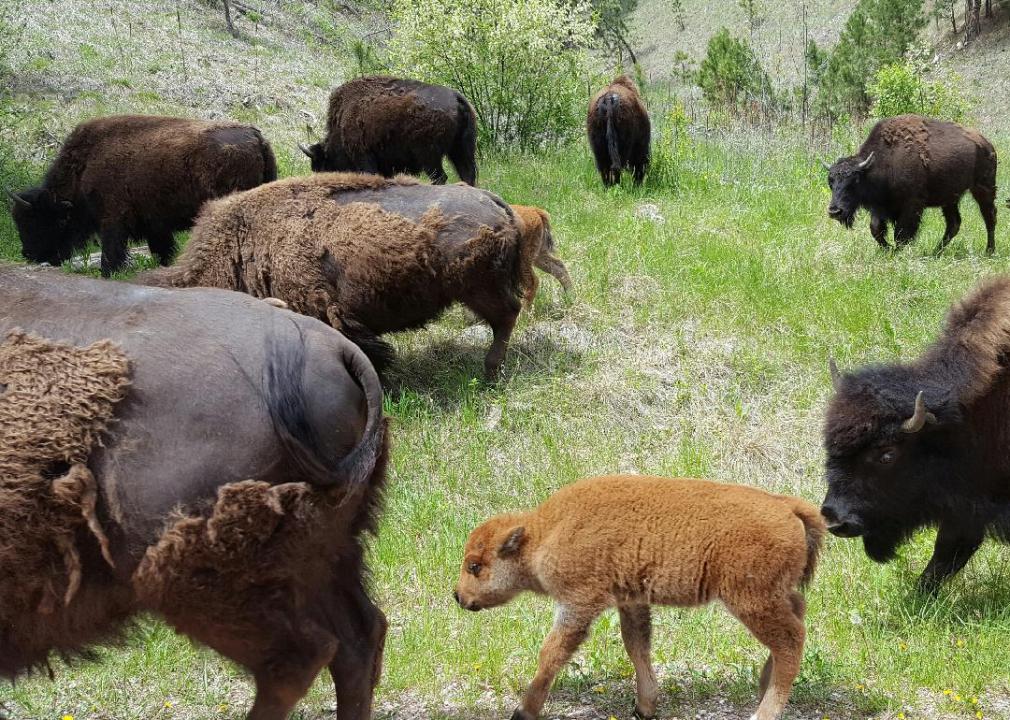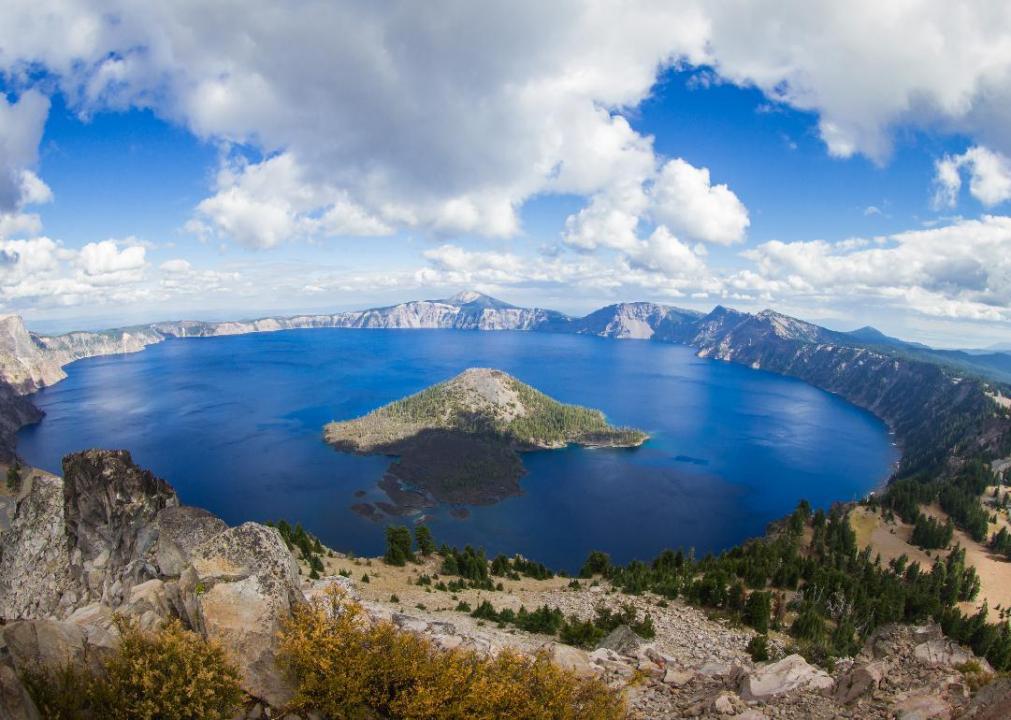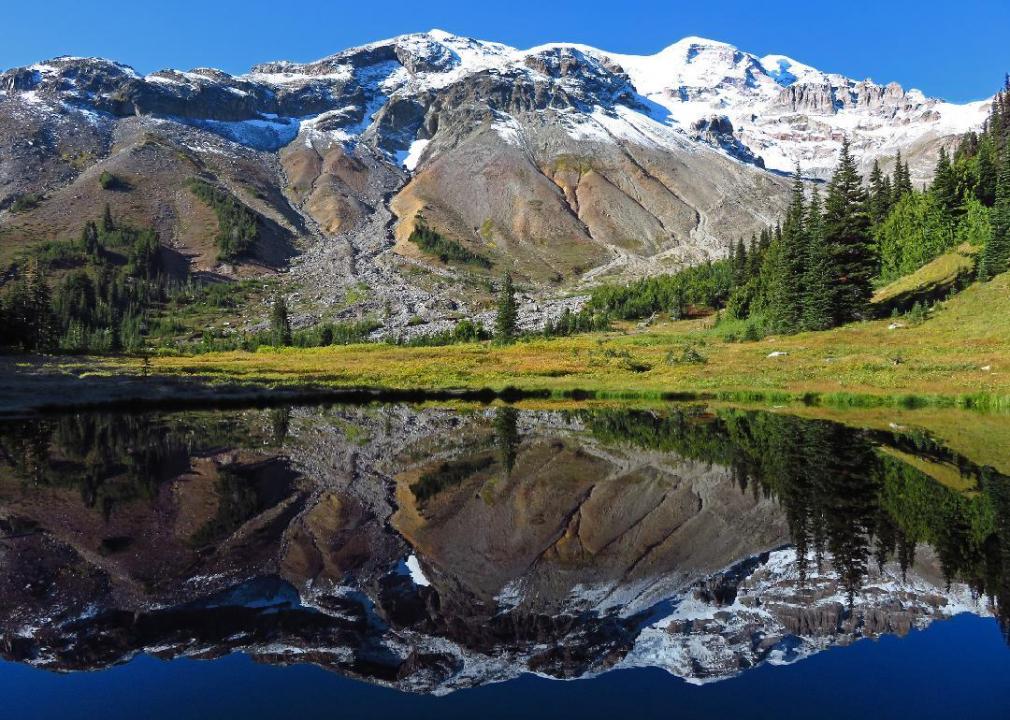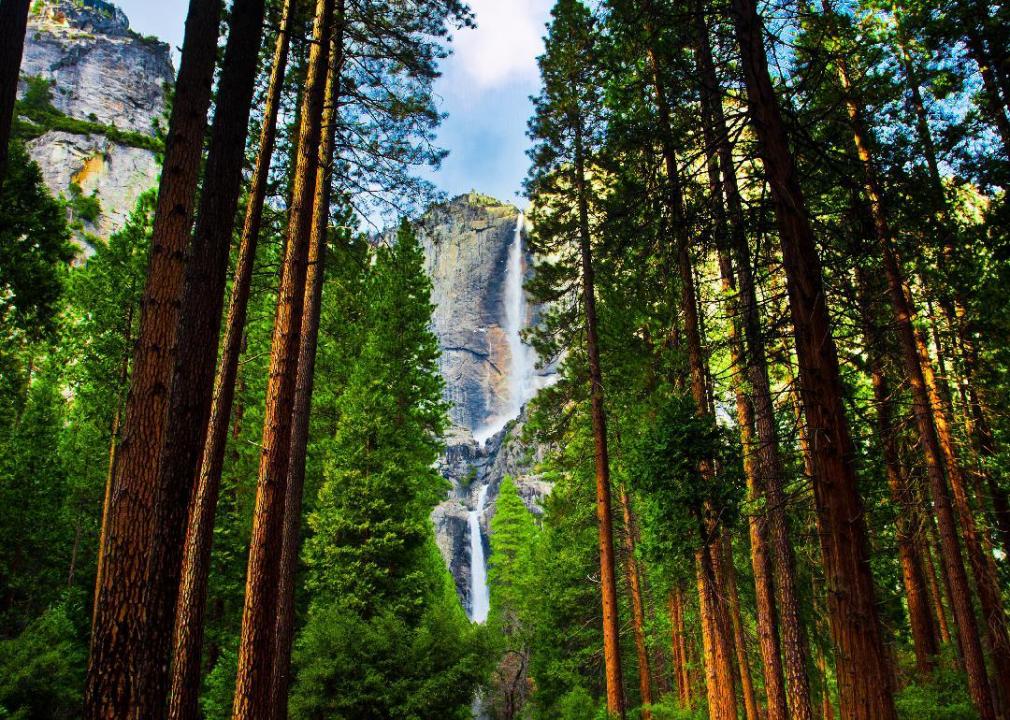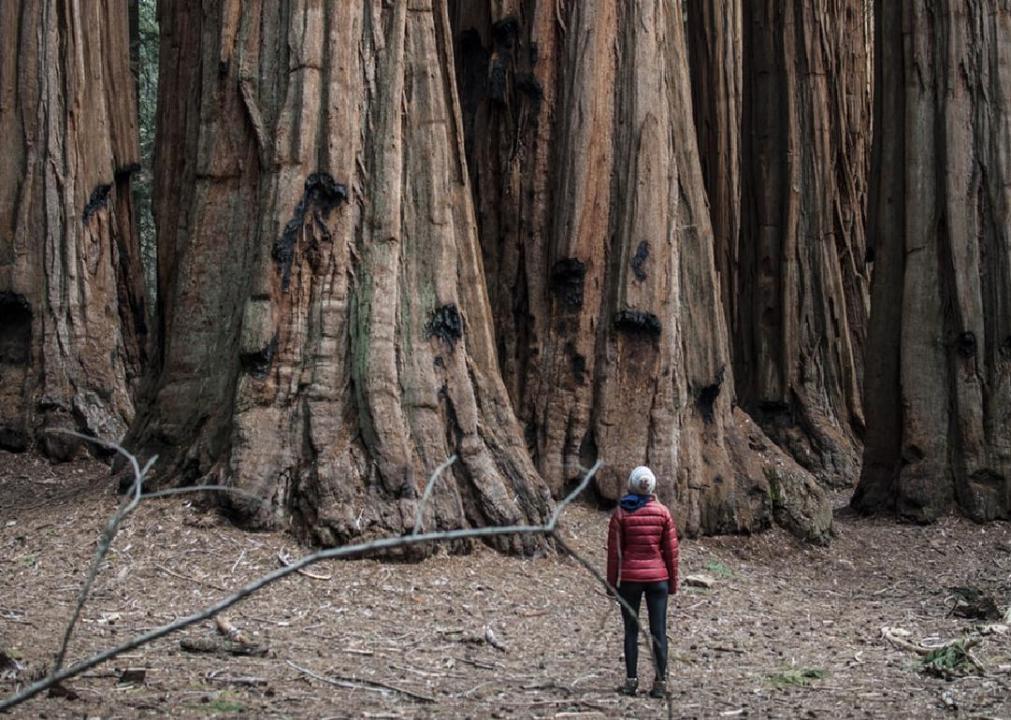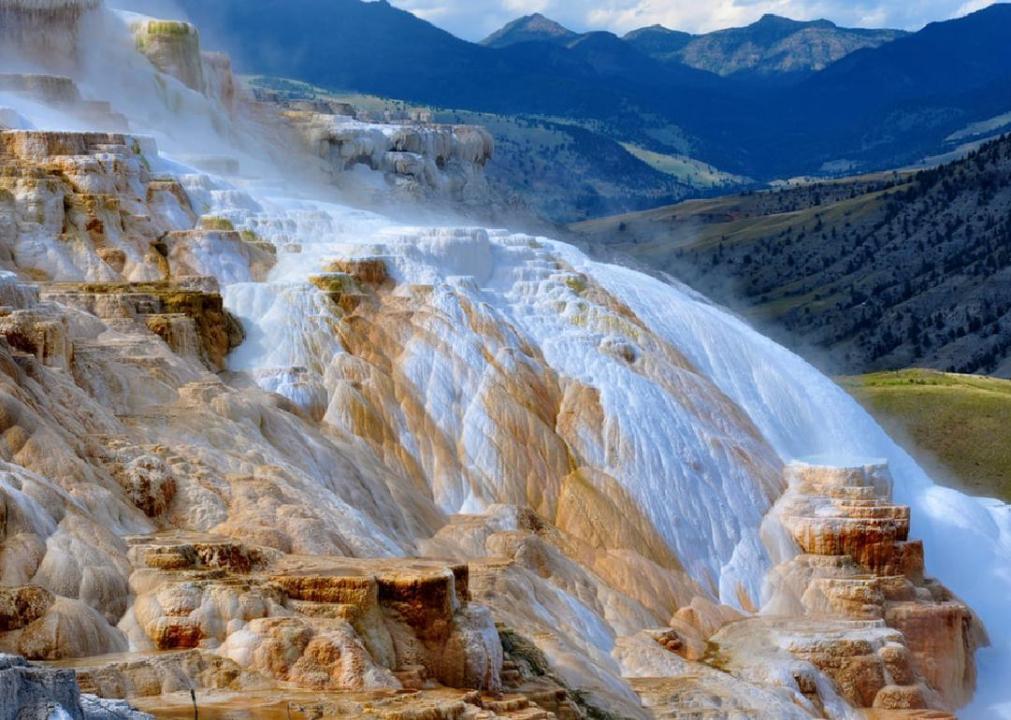Oldest national parks in America
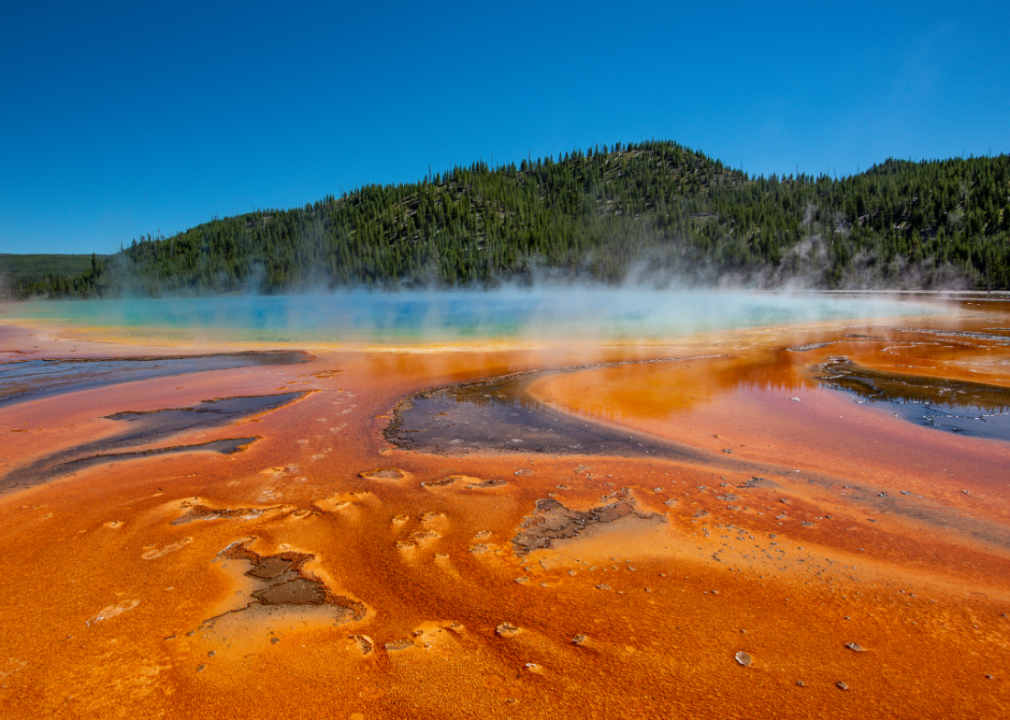
Canva
Oldest national parks in America
We live in a land of giants, legends, and ancient history. Early descriptions of the regions that would eventually become our national parks, most often told by explorers or laborers, were so foreign and fantastical to the average person that they simply weren’t believed. Even today, the parks’ grandeur can only fully be comprehended in person. But the majesty of Yosemite, Sequoia, and Yellowstone proved all too real, prompting a radical idea; some say it was America’s best idea ever.
The idea was simple and conceived in earnest: preserve these lands so that they might flourish and feed the human spirit of every generation to come. Thanks to the National Park Service, more than 15 billion visitors since 1904 have had the chance to do just that: to experience the impressive scale, history, and raw beauty of these environments.
The creation of the national parks as we know them today—over 400 areas, with 85 million acres in 50 states and other territories—was a hard-won achievement. It was a battle fought by pioneers, politicians, scientists, and artists alike to preserve these environments well beyond the scope of their own lives. Individuals like John Muir, Theodore Roosevelt, and countless others were integral in facilitating these protections.
In August 1916, President Woodrow Wilson signed the Organic Act, which officially established the National Park Service as a federal bureau in the Department of the Interior. The NPS was tasked with protecting the national parks and monuments already established up to that point and any future parks that would be created. A 1933 executive order transferred 56 preexisting monuments and historical sites to the purview of the NPS. Today, new national parks are generally created through acts of Congress.
The importance of these lands goes back further than explorations of the Western wilderness, further than the passage of protective legislation. Many of the regions in which the national parks reside are significant cultural heritage sites for the communities of Native Americans, Native Alaskans, and Native Hawaiians who have lived and flourished in those lands since time immemorial. The first stewards of these lands lived here long before the NPS; protecting and sharing these histories is an essential duty of the NPS as it attempts to preserve the legacy of its parks.
Using a variety of historical sources such as the National Park Service, Stacker compiled a list of the 25 oldest established national parks in America. The area of each park is current as of 2017. Any parks that have been disbanded since their founding or have merged with other national parks are not included in the list.
Read on for an overview of the history and defining characteristics of the 25 oldest national parks.
You may also like: Greenest cities in America
![]()
Niagara66 // Wikimedia Commons
25. Kings Canyon
– Location: California
– Date established as park: March 4, 1940
– Area: 461,901 acres
– Recreational visitors in 2019: 632,110
– Recreational visitors in 2020: 415,077
– Recreational visitors in 2021: 562,918
Kings Canyon resides in the southern Sierra Nevada mountains, adjacent to Sequoia National Park. Its dramatic geography—with glacial valleys, rocky outcrops, and expansive meadows, all of which was brought to prominence in the late 19th century by John Muir—is often compared to the legendary Yosemite. But one of its most well-known and visited features is Grant Grove, an expanse of mighty redwoods and home to the General Grant Tree, one of the largest living trees in the world.
Maurice King // Wikimedia Commons
24. Olympic
– Location: Washington
– Date established as park: June 29, 1938
– Area: 922,649 acres
– Recreational visitors in 2019: 3,245,806
– Recreational visitors in 2020: 2,499,177
– Recreational visitors in 2021: 2,718,925
Olympic National Park, located on Washington’s Olympic Peninsula, is defined by its geographic isolation. Olympic contains three distinct ecosystems—temperate rainforests, Pacific coastline, and glaciated mountains, the most famous of which is Mount Olympus—making it one of the most ecologically diverse parks in the U.S.
Canva
23. Shenandoah
– Location: Virginia
– Date established as park: Dec. 26, 1935
– Area: 199,218 acres
– Recreational visitors in 2019: 1,425,507
– Recreational visitors in 2020: 1,666,265
– Recreational visitors in 2021: 1,592,312
Just over an hour’s drive away from D.C., Shenandoah offers a stunning perspective on East Coast wilderness, including 300 square miles of the Blue Ridge Mountains. Shenandoah’s most prominent feature is Skyline Drive, a road that traverses the entirety of the park with over 70 overlooks of the Shenandoah Valley. But Skyline Drive and the park as a whole were not always so accessible. Adhering to Jim Crow laws, private operators implemented what they claimed were “separate but equal” facilities throughout the park until it was fully integrated in 1950.
Rick Grainger // Shutterstock
22. Great Smoky Mountains
– Location: Tennessee, North Carolina
– Date established as park: June 15, 1934
– Area: 522,427 acres
– Recreational visitors in 2019: 12,547,743
– Recreational visitors in 2020: 12,095,720
– Recreational visitors in 2021: 14,161,548
Great Smoky Mountains National Park is regularly among the most-visited parks in the nation. It is also the most biodiverse park in the national park system—over 19,000 species have been documented and scientists believe up to 100,000 undocumented species may live there. Its creation was more complicated than that of other national parks, requiring extensive fundraising, the purchase of thousands of small farms, and the removal of those who lived there previously.
Everglades NPS // Wikimedia Commons
21. Everglades
– Location: Florida
– Date established as park: May 30, 1934
– Area: 1,508,934 acres
– Recreational visitors in 2019: 1,118,300
– Recreational visitors in 2020: 702,319
– Recreational visitors in 2021: 942,130
Everglades National Park—established thanks to the efforts of former-land-developer-turned-conservationist Ernest F. Coe—is the largest subtropical wilderness in the U.S. It was also the first national park created to protect an ecosystem at risk. The park is home to many federally threatened and endangered species, including the West Indian manatee and the Florida panther.
Wctr2019 // Wikimedia Commons
20. Carlsbad Caverns
– Location: New Mexico
– Date established as park: May 14, 1930
– Area: 46,766 acres
– Recreational visitors in 2019: 440,691
– Recreational visitors in 2020: 183,835
– Recreational visitors in 2021: 349,244
Carlsbad Caverns, located in the Guadalupe Mountains of New Mexico, is defined by its unique and long geological history, most of which is hidden from sight. This national park contains one of the Earth’s oldest and best-preserved fossilized reefs. Capitan Reef is a record of a 250 million-year-old Permian-age ocean teeming with life in the present-day arid, mountainous region bordered by the Chihuahuan Desert. Also hidden below the surface of the Earth is an extensive system of limestone caves decorated by a variety of calcite deposits, the viewing of which is a popular activity for park visitors.
Unsplash
19. Grand Teton
– Location: Wyoming
– Date established as park: Feb. 26, 1929
– Area: 310,044 acres
– Recreational visitors in 2019: 3,405,614
– Recreational visitors in 2020: 3,289,638
– Recreational visitors in 2021: 3,885,230
Grand Teton National Park is characterized by the rugged Teton Mountain range, clear alpine lakes, and the well-known Jackson Hole valley. Human presence in the region goes back nearly 11,000 years. The park was also a popular destination for mountaineers, fur trappers, and dude ranchers.
Jean-Christophe BENOIT // Wikimedia Commons
18. Bryce Canyon
– Location: Utah
– Date established as park: Feb. 25, 1928
– Area: 35,835 acres
– Recreational visitors in 2019: 2,594,904
– Recreational visitors in 2020: 1,464,655
– Recreational visitors in 2021: 2,104,600
Bryce Canyon is the land of hoodoos, or irregular rock spires. In fact, it’s home to the largest concentration of hoodoo formations on Earth. The park’s topography is singularly striking, a relic of far off periods in Earth’s evolution. Bryce Canyon was initially designated as a national monument in 1923 before the land was sold to the federal government and established as a national park five years later.
Ken L. // Flickr
17. Hot Springs
– Location: Arkansas
– Date established as park: March 4, 1921
– Area: 5,548 acres
– Recreational visitors in 2019: 1,467,153
– Recreational visitors in 2020: 1,348,215
– Recreational visitors in 2021: 2,162,884
As its name suggests, Hot Springs National Park is known for its geothermal pools. The city of Hot Springs and successful bathhouse industry grew around and in response to the region’s unique hydrothermal features.
Liam Fujita Photography // Shutterstock
16. Zion
– Location: Utah
– Date established as park: Nov. 19, 1919
– Area: 147,237 acres
– Recreational visitors in 2019: 4,488,268
– Recreational visitors in 2020: 3,591,254
– Recreational visitors in 2021: 5,039,835
Zion National Park has a long human history dating back to nearly 6000 B.C. when small semi-nomadic family groups inhabited the region. With its deep canyons, vast plateaus, sandstone cliffs, and river formations, Zion has no shortage of striking geological panoramas. Zion was initially established as Mukuntuweap National Monument by President William Howard Taft in 1909. Fearing that a Native American name would deter visitors, the region was renamed Zion to reflect the Mormon population residing there at the time.
GoodFreePhotos
14. Acadia (tie)
– Location: Maine
– Date established as park: Feb. 26, 1919
– Area: 49,075 acres
– Recreational visitors in 2019: 3,437,286
– Recreational visitors in 2020: 2,669,034
– Recreational visitors in 2021: 4,069,098
Acadia was the first national park east of the Mississippi River and is the only national park in the Northeastern U.S. Covered in spruce-fir forests, outlined by the rocky Atlantic coastline and dotted with dozens of lakes and ponds, Acadia is quintessential Northeastern wilderness. Popular recreational activities include hiking, kayaking, rock climbing, and leaf-peeping in the fall.
GoodFreePhotos
14. Grand Canyon (tie)
– Location: Arizona
– Date established as park: Feb. 26, 1919
– Area: 1,201,647 acres
– Recreational visitors in 2019: 5,974,411
– Recreational visitors in 2020: 2,897,098
– Recreational visitors in 2021: 4,532,677
Grand Canyon National Park is characterized by its staggering vastness. At 277 miles long, 18 miles wide, and over a mile deep, the Grand Canyon is a uniquely impressive and inspiring geological wonder. It is also a place steeped in spiritual significance for several Native American cultures. One of the park’s biggest early advocates who pushed to protect and preserve the land was President Theodore Roosevelt, calling it “the one great sight which every American should see.”
Denali National Park and Preserve // Wikimedia Commons
13. Denali
– Location: Alaska
– Date established as park: Feb. 26, 1917
– Area: 4,740,911 acres
– Recreational visitors in 2019: 601,152
– Recreational visitors in 2020: 54,850
– Recreational visitors in 2021: 229,521
Denali National Park and Preserve is home to North America’s highest mountain peak: Denali, formerly known as Mount McKinley. The word Denali means “the high one” in the Indigenous Athabaskan language. Charles Sheldon—a millionaire in the railroad industry and an amateur naturalist—was the first person to propose establishing Denali as a national park to protect its wildlife from trophy hunters and even hand-delivered the bill outlining the park’s creation to President Woodrow Wilson.
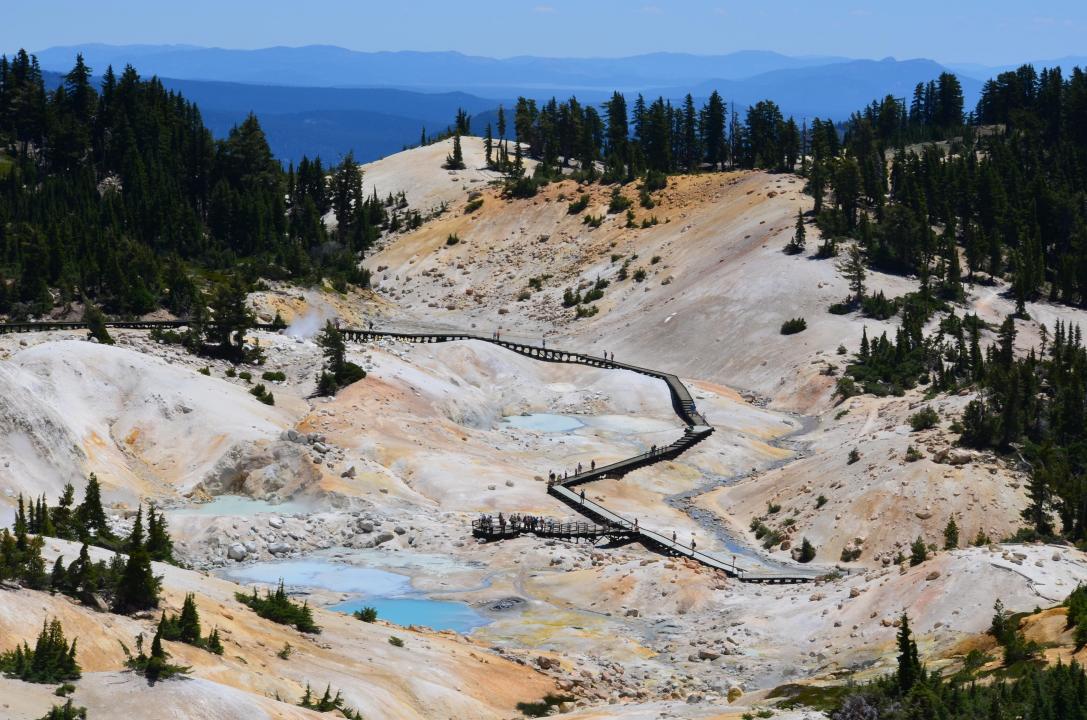
NPS
12. Lassen Volcanic
– Location: California
– Date established as park: Aug. 9, 1916
– Area: 106,589 acres
– Recreational visitors in 2019: 517,039
– Recreational visitors in 2020: 542,274
– Recreational visitors in 2021: 359,635
The stark landscape of Lassen Volcanic National Park tells the story of a violent, volatile past. Volcanoes, fumaroles, geysers, and other hydrothermal features give this park its distinct eruptive quality, serving as a keen reminder of how active the Earth is just below our feet. Visitors can spend time at Juniper and Butte Lakes, or observe the many hydrothermal features (assuming they follow all safety precautions).
Unsplash
10. Haleakalā (tie)
– Location: Hawaii
– Date established as park: Aug. 1, 1916
– Area: 33,265 acres
– Recreational visitors in 2019: 994,394
– Recreational visitors in 2020: 319,147
– Recreational visitors in 2021: 853,181
Haleakalā National Park, located on the island of Maui, is a place of great cultural and biological importance. According to legend, it was here the demigod Maui lassoed and trapped the sun in order to make the days longer. In Hawaiian, Haleakalā means “house of the sun.” The park, being so geographically isolated, is home to many endemic species of plants and animals, which visitors can glimpse on trails, day hikes, and guided tours.
Jo Crebbin // Shutterstock
10. Hawaiʻi Volcanoes (tie)
– Location: Hawaii
– Date established as park: Aug. 1, 1916
– Area: 323,431 acres
– Recreational visitors in 2019: 1,368,376
– Recreational visitors in 2020: 589,775
– Recreational visitors in 2021: 1,262,747
Like Haleakalā, Hawaiʻi Volcanoes National Park is a place steeped in tradition and biodiversity. The park is home to Kīlauea and Mauna Loa, two of the world’s most active volcanoes. In Hawaiian culture, Kīlauea is believed to be the home of the goddess Pele. The park offers several day hikes and additional trails on which visitors can explore the park’s dramatic and culturally rich landscape, as well as its unique wildlife.
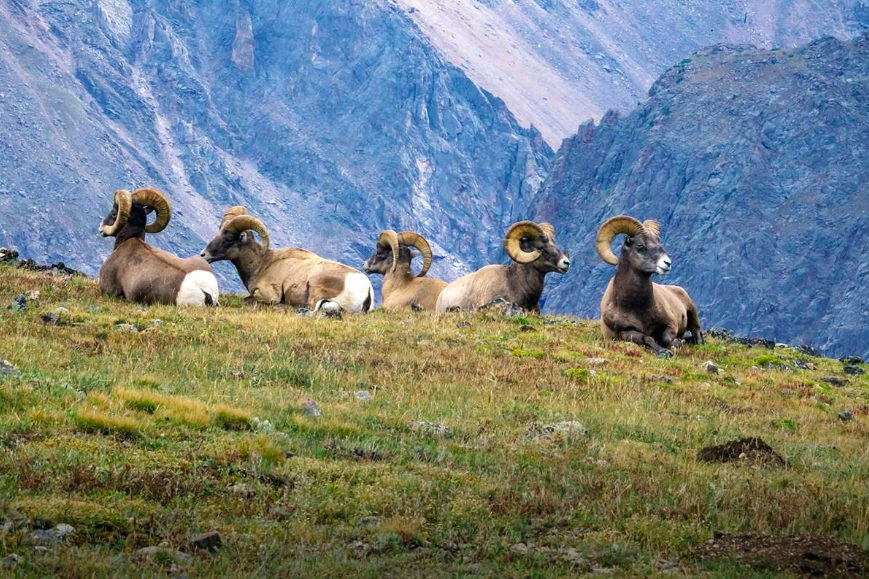
NPS
9. Rocky Mountain
– Location: Colorado
– Date established as park: Jan. 26, 1915
– Area: 265,795 acres
– Recreational visitors in 2019: 4,670,053
– Recreational visitors in 2020: 3,305,199
– Recreational visitors in 2021: 4,434,848
Rocky Mountain National Park provides some of the most dramatic landscapes in the entirety of the National Parks System. It holds the title of being the park at the highest elevation on the popular traverse Trail Ridge Road. Naturalist Enos Mills was the driving force behind the creation of Rocky Mountain National Park after falling in love with the area as a boy. He spent the majority of his life advocating for the park and training the next generation of stewards to do the same.
Tobias Klenze // Wikimedia Commons
8. Glacier
– Location: Montana
– Date established as park: May 11, 1910
– Area: 1,013,126 acres
– Recreational visitors in 2019: 3,049,839
– Recreational visitors in 2020: 1,698,864
– Recreational visitors in 2021: 3,081,656
Glacier National Park has been nicknamed the “Crown of the Continent” and it’s not difficult to understand why. When it was established in 1910, the park had over 100 glaciers, making its name choice obvious. Today, only 25 remain. One of the most popular features of the park is the Going-to-the-Sun Road, which traverses the length of the park. The road takes visitors on a drive across dramatic landscapes and by several National Historic Landmarks established shortly after the park’s incorporation.
Lacee Curtis // Wikimedia Commons
7. Mesa Verde
– Location: Colorado
– Date established as park: June 29, 1906
– Area: 52,485 acres
– Recreational visitors in 2019: 556,203
– Recreational visitors in 2020: 287,477
– Recreational visitors in 2021: 548,477
Mesa Verde National Park is probably best known for its preservation of the Pueblo cliff dwellings dating back to A.D. 600. In total, the park contains over 5,000 archaeological sites denoting the region’s long human history. Its more modern history is also full of intrigue: The Pueblo sites were discovered by a rancher named Richard Wetherill and were excavated and partially pillaged by a Swedish aristocrat named Gustaf Nordenskiöld. The area’s establishment as a federal national park was vehemently opposed by a writer named Virginia McClurg, who believed it should be a “woman’s park.”
Bobneiers // Wikimedia Commons
6. Wind Cave
– Location: South Dakota
– Date established as park: Jan. 9, 1903
– Area: 33,971 acres
– Recreational visitors in 2019: 615,350
– Recreational visitors in 2020: 448,405
– Recreational visitors in 2021: 709,001
Wind Cave was the world’s first cave to be designated a national park. It was named for the winds that pass through its entrance; according to local oral history, it is as if the mouth of the cave is breathing. The cave is also known for its rare calcite formations, including boxwork, an elaborate honeycomb-like structure formed by layers of calcite spears. The park also contains one of the world’s few remaining mixed-grass prairies, home to native species like bison, elk, and prairie dogs.
Wollertz // Shutterstock
5. Crater Lake
– Location: Oregon
– Date established as park: May 22, 1902
– Area: 183,224 acres
– Recreational visitors in 2019: 704,512
– Recreational visitors in 2020: 670,500
– Recreational visitors in 2021: 647,751
Crater Lake National Park has a violent past that begat the pristine vistas we know today: 7,700 years ago, Mount Mazama was taken down by a two-day volcanic eruption. What was left after the swift fall was Crater Lake caldera. At 1,949 feet, Crater Lake is the deepest lake in the U.S., and its water is some of the clearest in the world. Rim Drive is the most popular route in the park; the path takes visitors around the entirety of the caldera rim.
Jeffhollett // Wikimedia Commons
4. Mount Rainier
– Location: Washington
– Date established as park: March 2, 1899
– Area: 236,382 acres
– Recreational visitors in 2019: 1,501,621
– Recreational visitors in 2020: 1,160,754
– Recreational visitors in 2021: 1,670,063
Mount Rainier National Park’s most prominent feature is its namesake, Mount Rainier. The active volcano is the tallest peak in the Cascade mountain range. Juxtaposed with expansive meadows full of wildflowers, Rainier dominates the park’s landscape. John Muir summited Mount Rainier in 1888 and the experience would compel him to lead the efforts of establishing the region as a national park.
Lorcel // Shutterstock
3. Yosemite
– Location: California
– Date established as park: Oct. 1, 1890
– Area: 761,748 acres
– Recreational visitors in 2019: 4,422,861
– Recreational visitors in 2020: 2,268,313
– Recreational visitors in 2021: 3,287,595
As it does today, Yosemite had the ability to inspire its earliest visitors with its grandeur. With its ancient giant redwoods, deep valleys, and vast meadows, it was viewed as something to be protected at all costs—not for the privileged few or for profit, but for generations to come. Sen. John Conness, John Muir, and Capt. Charles Young were a few of Yosemite’s most unrelenting protectors.
Unsplash
2. Sequoia
– Location: California
– Date established as park: Sep. 25, 1890
– Area: 404,063 acres
– Recreational visitors in 2019: 1,246,053
– Recreational visitors in 2020: 796,086
– Recreational visitors in 2021: 1,059,548
As its name suggests, Sequoia National Park is best known for its ancient, giant redwood forests. Home to the world’s largest tree, General Sherman, Sequoia National Park is a testament to nature’s ability to endure not just time, but human meddling. The giant sequoias were subject to logging operations in the 1880s. Thanks to the trees’ tendency to splinter and the efforts of advocates like the Sierra Club, the establishment of Sequoia as a national park ended all logging operations.
Unsplash
1. Yellowstone
– Location: Wyoming, Montana, Idaho
– Date established as park: March 1, 1872
– Area: 2,219,791 acres
– Recreational visitors in 2019: 4,020,288
– Recreational visitors in 2020: 3,806,306
– Recreational visitors in 2021: 4,860,242
The early descriptions of Yellowstone recounted by prospectors and explorers who passed through the region were so extreme that they were often laughed off as fantasy. Descriptions of its unparalleled size and eruptive earth—all the things we stand in awe of still today—finally forced an expedition into the territory to validate the claims once and for all. One year after the expedition, President Ulysses S. Grant signed a bill making Yellowstone the first national park.
